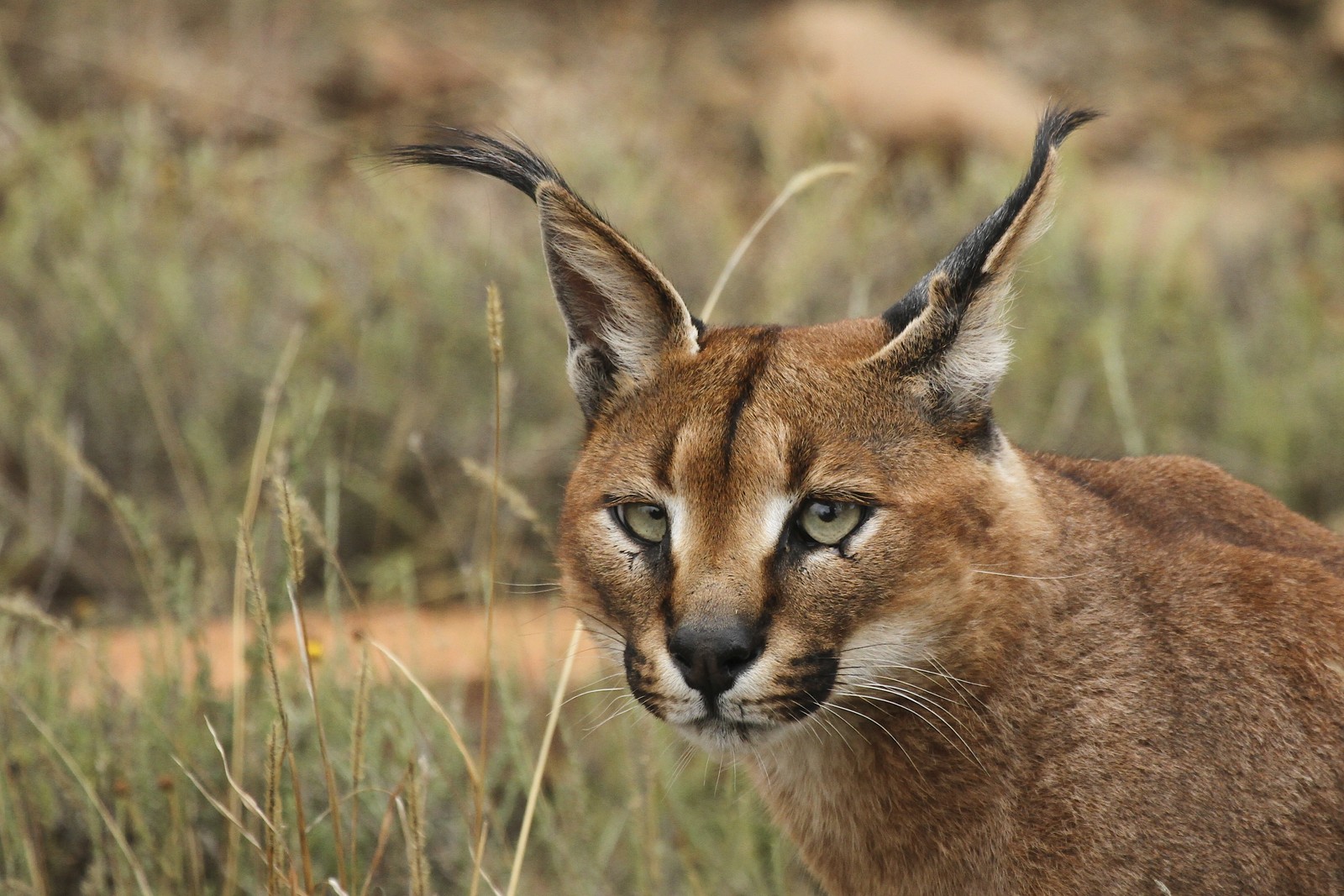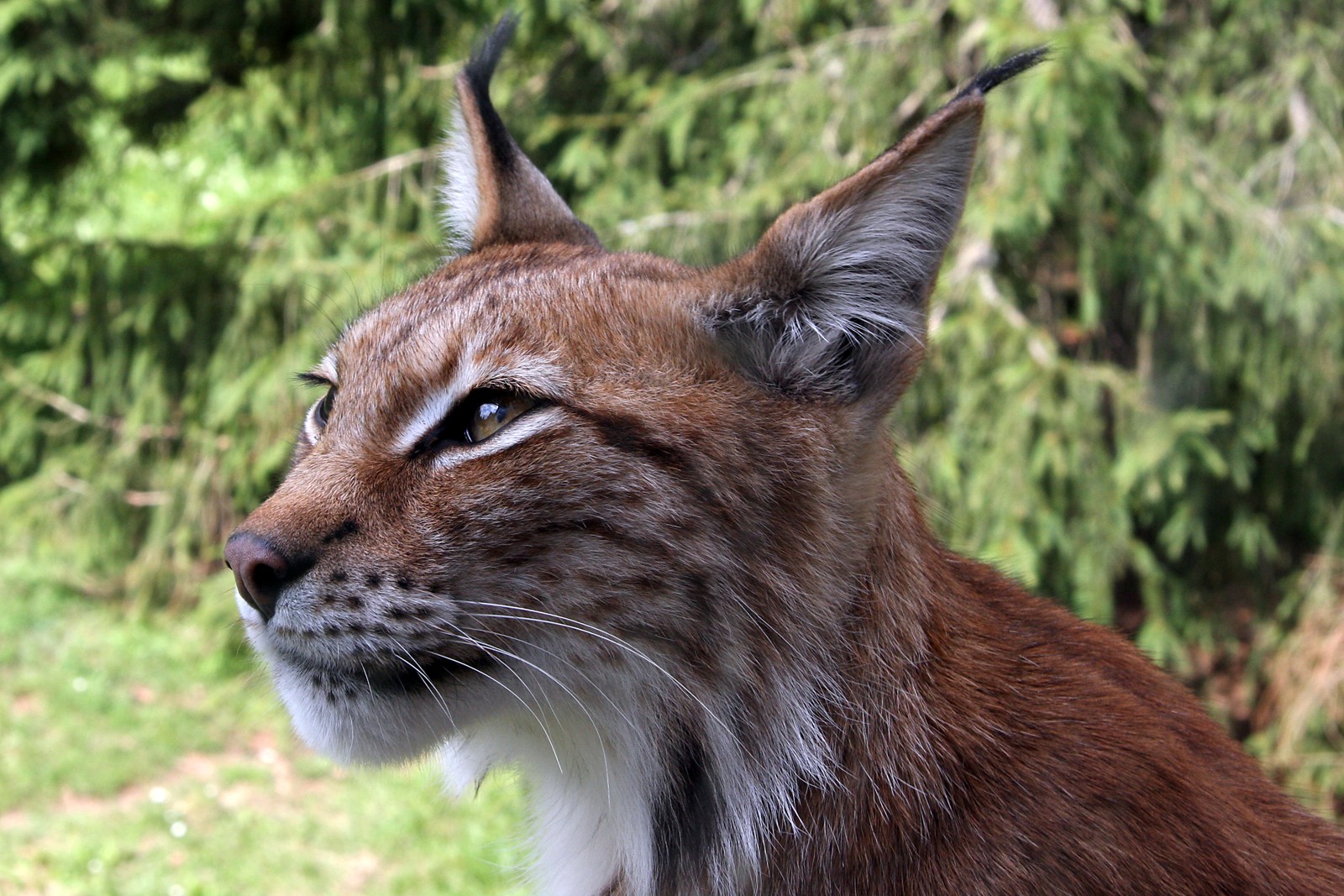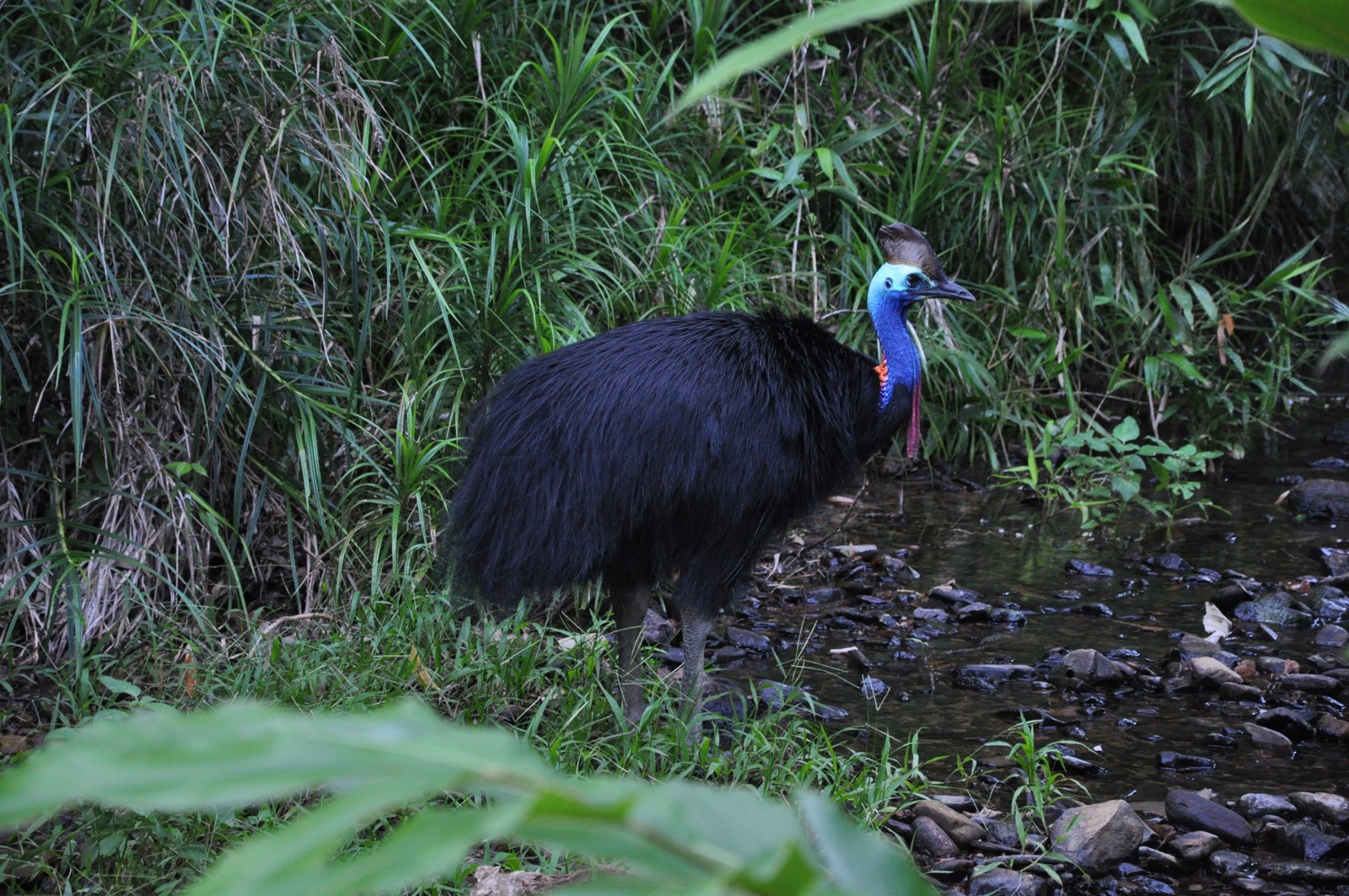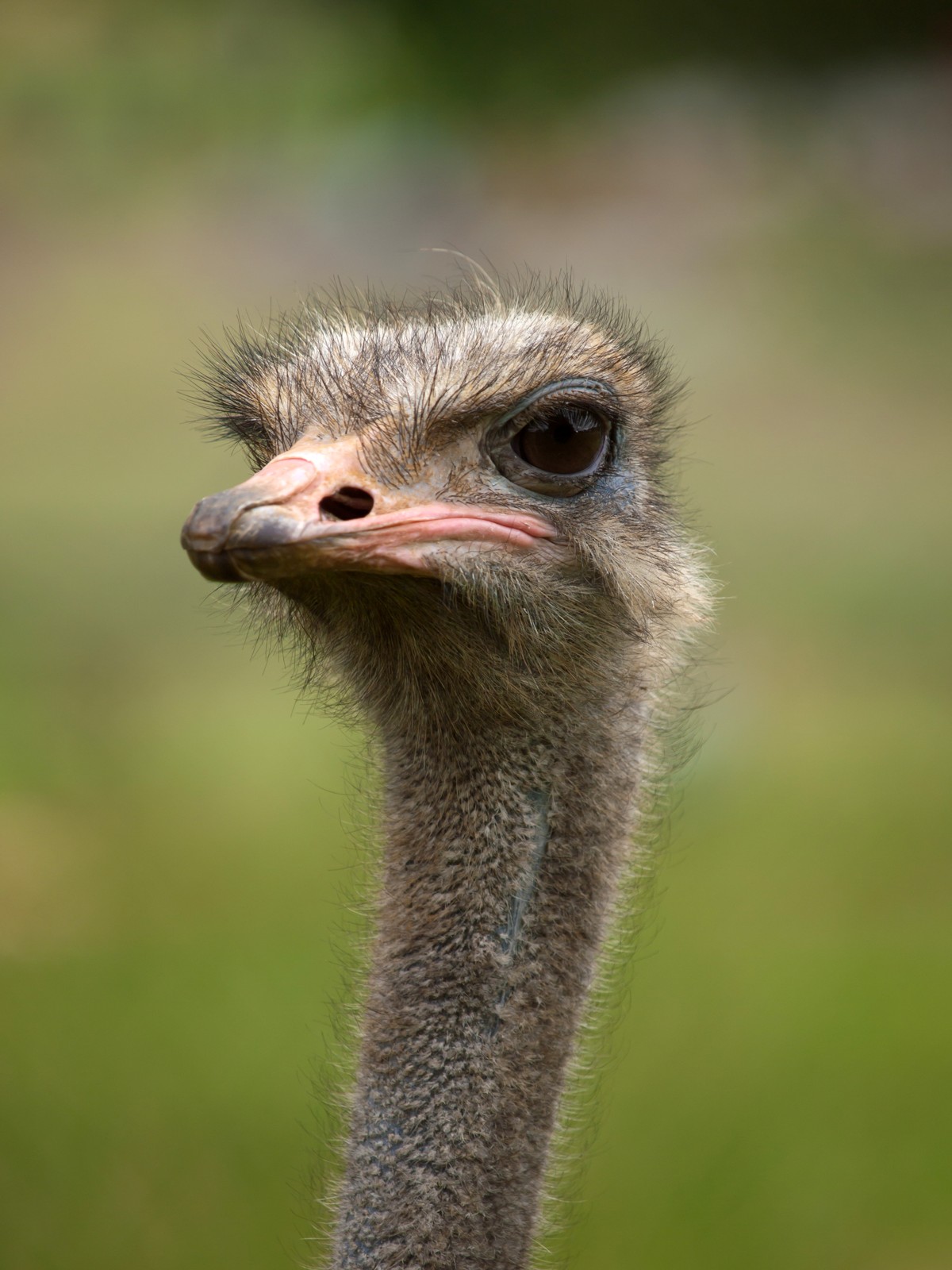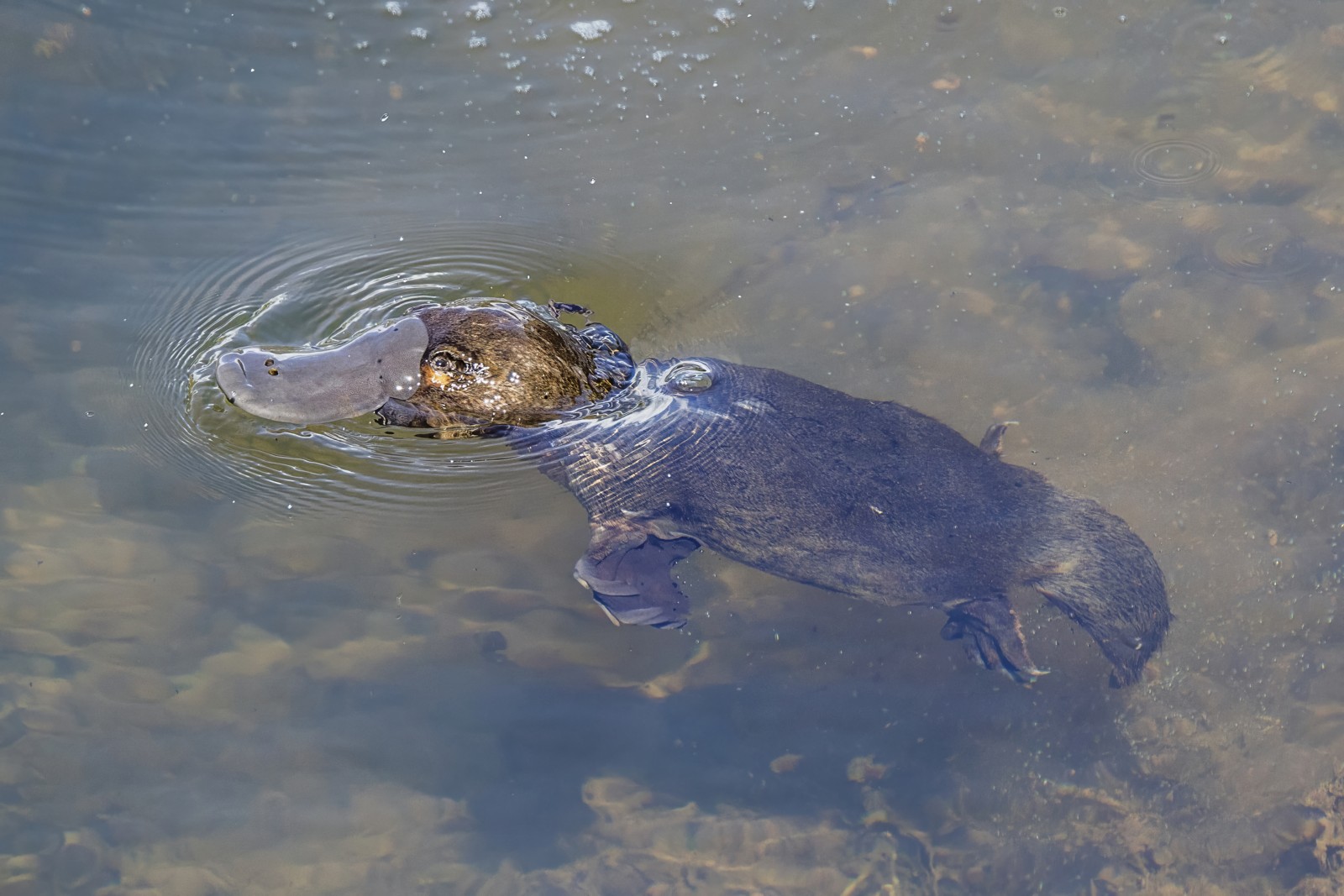Wallaby vs Kangaroo: A Complete Comparison
When comparing wallaby vs kangaroo species, size offers the most immediate distinction. Kangaroos typically stand 6 feet (1.8 meters) tall and weigh up to 200 pounds (90 kg), while wallabies rarely exceed 3 feet (0.9 meters) in height and 45 pounds (20 kg) in weight. Despite belonging to the same macropod family, these iconic Australian marsupials have evolved distinct characteristics suited to their preferred habitats.
The difference between wallabies and kangaroos extends beyond mere size. Wallabies thrive in forested areas with dense undergrowth, developing more compact, agile bodies for maneuvering through vegetation. Kangaroos, conversely, have adapted to life in open grasslands and plains, developing longer limbs for covering greater distances with each bound.
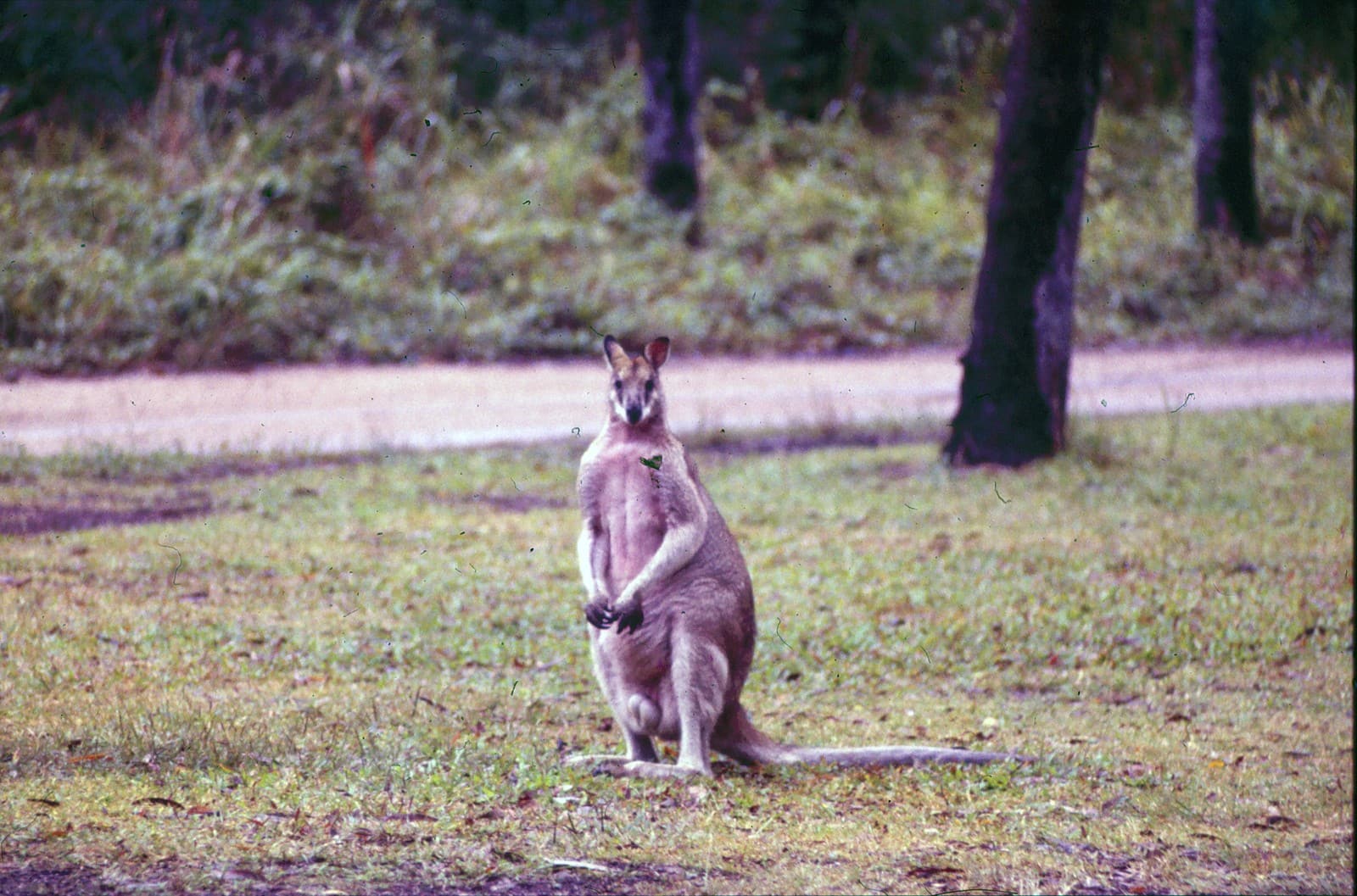
© John Robert McPherson / CC BY-SA 4.0
The Red-necked Wallaby demonstrates the compact, muscular build characteristic of wallaby species, perfectly adapted for agile movement through forest undergrowth.
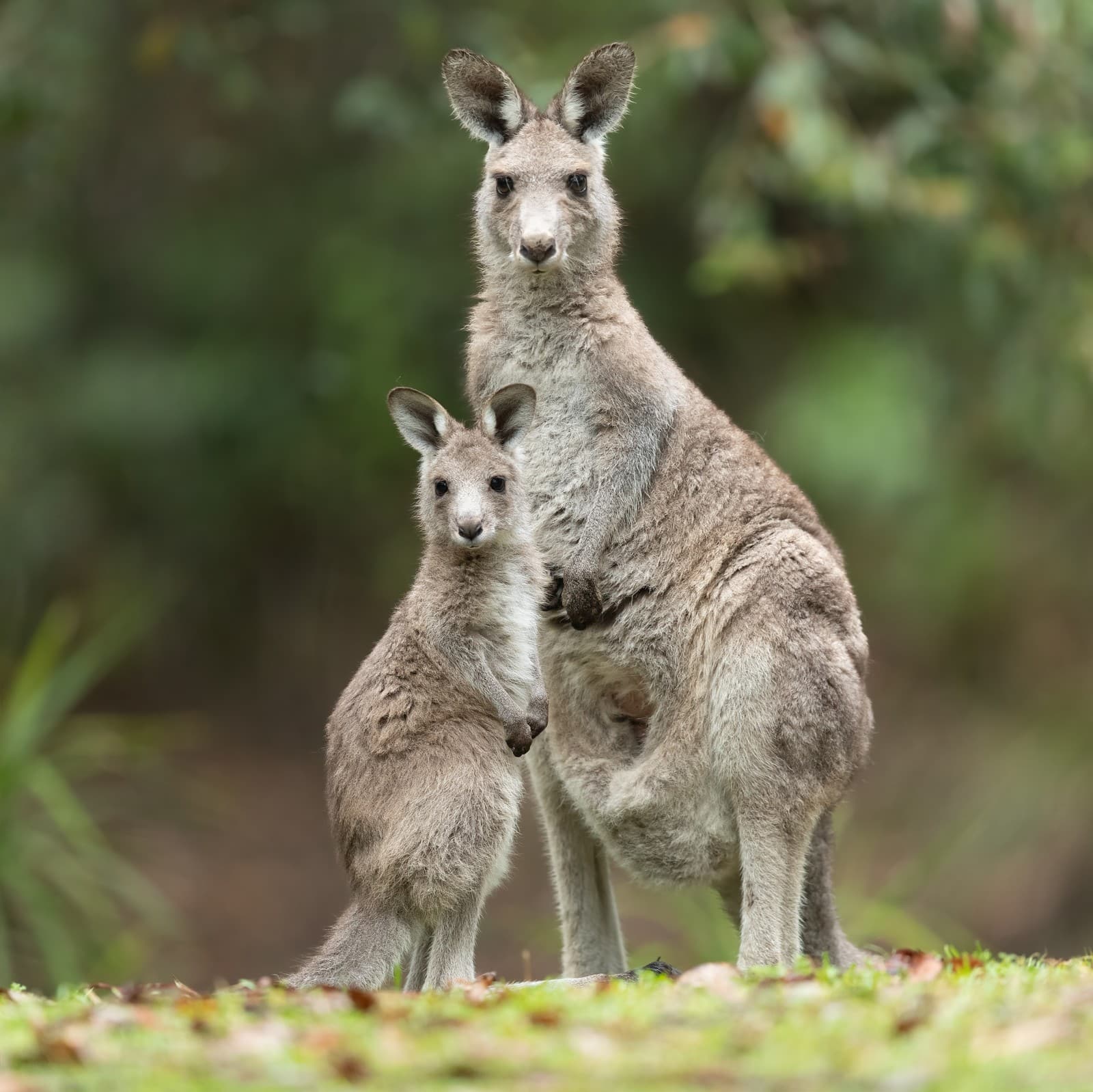
© JJ Harrison (https://www.jjharrison.com.au/) / CC BY-SA 4.0
Eastern Grey Kangaroos showcase the larger build and longer limbs typical of kangaroo species, adaptations that enable efficient travel across open landscapes.
Key Physical and Behavioral Differences
| Feature | Wallaby | Kangaroo |
|---|---|---|
| Height | 1-3 feet (0.3-0.9m) | 3-6 feet (0.9-1.8m) |
| Weight | 4-45 pounds (2-20kg) | 50-200 pounds (23-90kg) |
| Habitat | Forests, thick brush | Open plains, grasslands |
| Speed | Up to 21 mph (34 km/h) | Up to 35 mph (56 km/h) |
| Social Structure | Usually solitary | Lives in groups (mobs) |
| Feeding Habits | Browse on leaves, herbs | Primarily grass grazers |
Habitat and Distribution
Wallabies and kangaroos have evolved to occupy different ecological niches across Australia. Wallabies prefer densely vegetated areas, including forest edges, rocky outcrops, and thick scrubland. Their smaller size allows them to navigate through tight spaces and understory vegetation efficiently.
Kangaroos dominate Australia’s open spaces, from arid zones to grassy woodlands. Their larger frame and powerful hindquarters enable them to cover vast distances across open terrain, making them well-suited to life in the outback and savanna regions.
Movement and Speed
The difference in size between wallabies and kangaroos significantly impacts their locomotion. Kangaroos can reach speeds of 35 mph (56 km/h) and cover up to 25 feet (7.6 meters) in a single bound. Wallabies, while still impressive jumpers, typically achieve speeds of 21 mph (34 km/h) with shorter, more frequent hops suited to their forest environment.
Social Behavior
Kangaroos typically live in social groups called mobs, which can number from 10 to more than 100 individuals. These groups maintain complex social hierarchies and communicate through various vocalizations and body language.
Wallabies tend toward more solitary lives, although they may gather in small groups while feeding. This behavioral difference reflects their forest-dwelling nature, where maintaining large social groups would be impractical in dense vegetation.
Who Would Win in a Confrontation?
While both species generally avoid conflict, kangaroos hold significant advantages in physical confrontations due to their superior size, strength, and reach. Adult male kangaroos can deliver kicks with forces exceeding 850 pounds (386 kg) of force, compared to wallabies’ more modest capabilities. However, such comparisons are purely academic, as these peaceful herbivores rarely engage in cross-species conflicts.
Conservation Status
Both wallabies and kangaroos face similar environmental challenges, including habitat loss and climate change. Several wallaby species, particularly smaller forest-dwelling varieties, are considered vulnerable or endangered. Most large kangaroo species maintain stable populations, though monitoring and protection efforts continue across Australia.
Interaction with Humans
Understanding the wallaby vs kangaroo distinction proves crucial for conservation efforts, tourism, and wildlife management. While both species can adapt to human-modified landscapes, wallabies often face greater challenges due to their specific habitat requirements and smaller population sizes.
Tourists frequently encounter kangaroos at popular destinations, while wallaby sightings typically require more focused wildlife-watching efforts in forested areas. This difference in accessibility has made kangaroos more prominent symbols of Australian wildlife, though both species remain equally important to the continent’s ecological balance.


